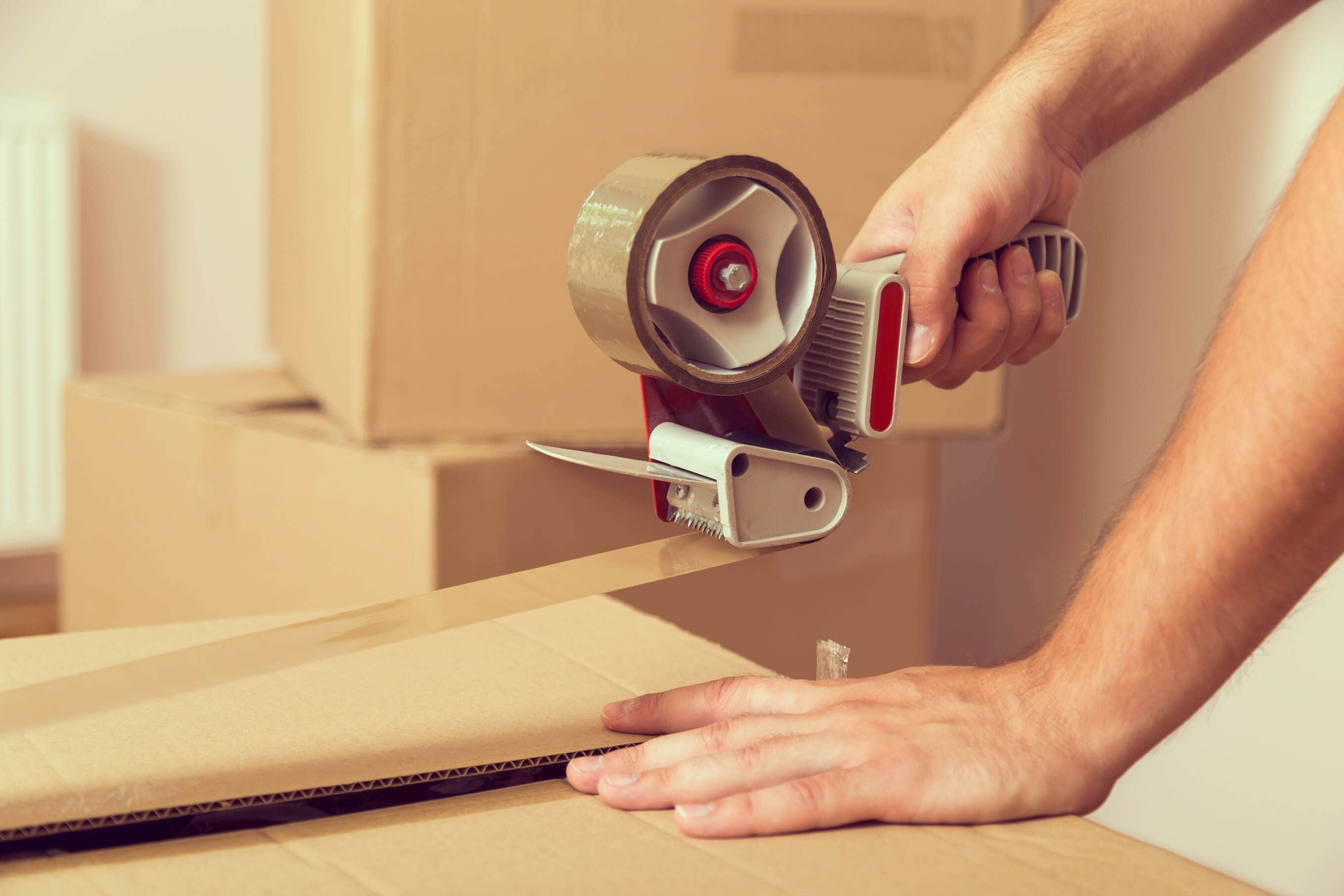Tapes For All Occasions
admin admin | Jan 17, 2019

Different types of tape currently exist in the market today. However, despite the differences in size, materials used, and adhesive strength, it’s not uncommon to see a single kind of tape being used in multiple applications, no matter how inappropriate that tape is for most of those applications. Not surprisingly, using the wrong kind of tape does not produce the best results, and can even lead to wasted effort and resources.
That’s why it is important to know about the different kinds of tape, so you can identify the proper usage for each type. To make it easier for you, we have listed down ten of the most commonly used types of tape, and the different applications that are appropriate for each type.
1. Stationery – Stationery tapes are common in offices and are used by people in different everyday situations. Because of its small, compact size, this tape is usually used for general purposes such as fixing paper tears, posting small sheets of paper onto surfaces, and gift-wrapping. Surfaces must be dry and free from dust or this tape will not stick.
2. Masking – Just like stationery tapes, masking tapes are used for general purposes and are limited to dry and dust-free surfaces. But unlike stationery tapes, masking tapes are easy to peel off and leave residue only after prolonged attachment to a surface, making them perfect for temporary applications.
3. Sealing/packaging – Sealing and packaging tapes are wider and have stronger adhesiveness than stationery tapes, allowing them to hold onto surfaces and seal packages much better. Sealing and packaging tapes are also made thicker so they won’t easily snap, even under rough handling. They are resistant to oil, UV rays, and extreme temperatures. An example of this is super bond tape.
4. Strapping – Typically made of premium grade polypropylene, most strapping tapes are narrower but way thicker than packaging tapes. The tensile strength of strapping tapes make them ideal for palletising and bundling packages.
5. Double adhesive – Double adhesives such as hi-bond double-sided acrylic tape can be alternatives to glue when it comes to sticking two objects together. Double adhesives come with a filament that can be removed until ready to be used, and can come in different sizes and thickness depending on the purpose.
6. Electrical – This pressure sensitive tape is typically used for electrical insulation. Electrical tapes are made of plastics such as PVC. Because of this, they stretch well and can last for years. Their hold is not suitable for other applications, however, which is why they are used mostly on electrical wires.
7. Label – Labelling tapes are used mainly for the purpose of marking items. When used for packing items, the main type of tape to be used should be packaging tape; labelling tape should only be used once a package has already been sealed.
8. Duct – This type of tape is more durable than most tapes on this list because it is reinforced with loose cloth. Duct tape is waterproof and is known to have extreme hold, making it perfect for heavy-duty use.
9. Cloth – Cloth tapes are just like duct tapes when it comes to strength, hold and water resistance. But they are much more durable than the latter because the tape is reinforced with cloth that is dense and typically woven.
10. Foil – Foil tapes are usually made of malleable and ductile metals such as aluminium, and are used for electrical, construction and heating, ventilation, and air-conditioning (HVAC) purposes because they are waterproof and resistant to vapour.
If you’re in need of different types of tape for multiple applications, consider Hunter Industrial Supplies. We offer high-quality tapes with a selection that can serve a lot of applications. Visit our website for more information about our products, or contact us by visiting this page.







